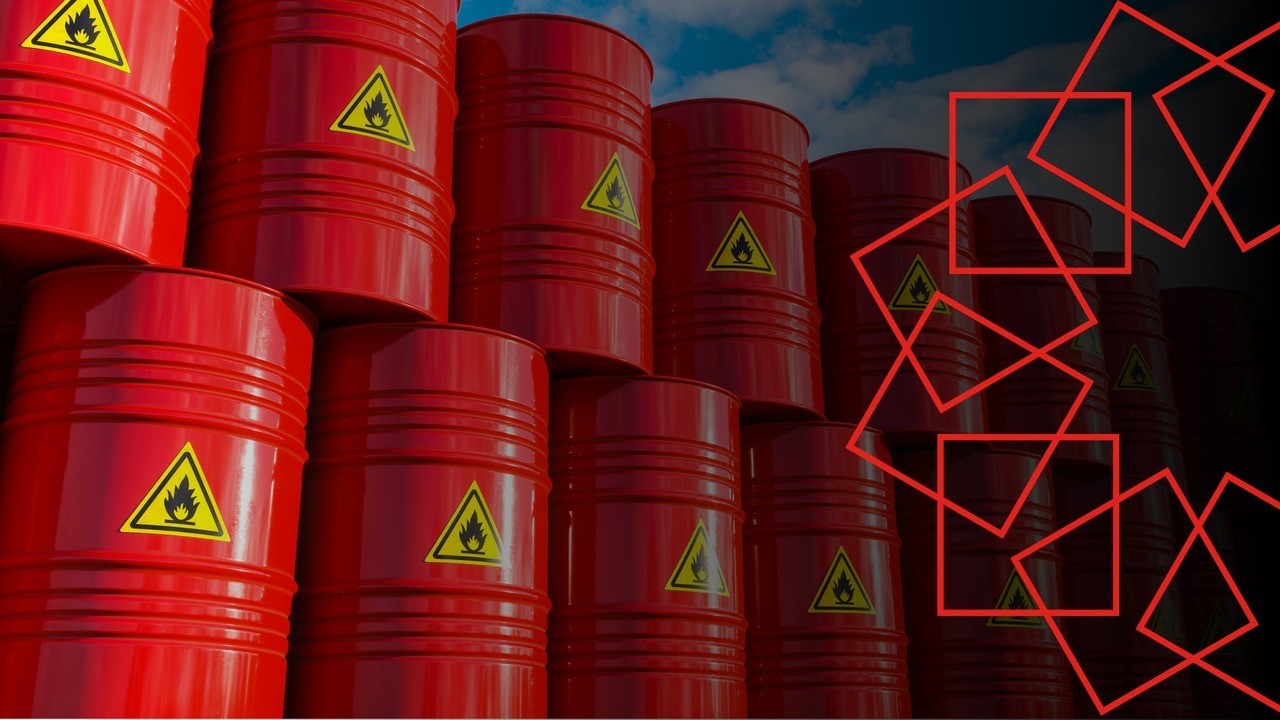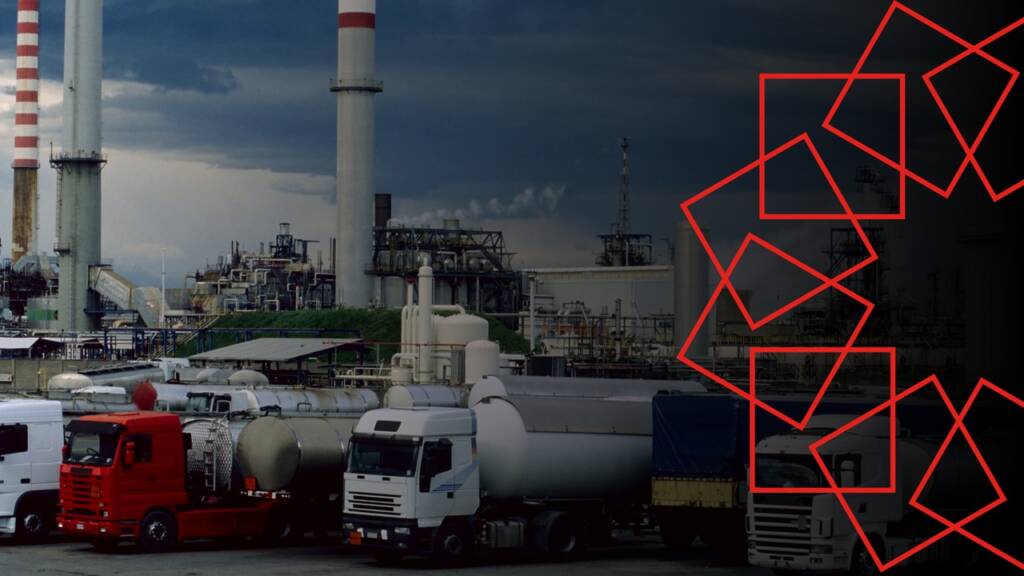Our work in the logistics, transportation and storage of hazardous materials and chemicals includes high safety processes that protect the environment and the product.
What is Dangerous Goods and Chemical Logistics?
Dangerous goods and chemical logistics, also known as ADR logistics; It is a type of logistics that covers storage and distribution processes, based on the fact that the products containing dangerous chemical properties, the living creatures and the environment are not harmed.
The dangerous goods whose logistics are carried out are as follows:
- Explosive, flammable (combustible) liquid, solid or gaseous substances.
- Toxic gases.
- Infectious and radioactive materials.
- Oxidizing substances.
- Substances that are flammable or poisonous in contact with various substances.
- Substances that are spontaneously combustible.
- Substances with abrasive properties.
- Organic peroxides.
- Other substances and objects that may pose a hazard.
What is ADR?
ADR is a European agreement that ensures the safe transportation of dangerous goods and chemicals by road. In this agreement, in Dangerous Goods and Chemical Logistics, some important conditions for human and environmental safety are specified in accordance with the transported goods. Logistics companies need ADR certificate in order to transport dangerous goods. The personnel in charge of transportation can work in ADR logistics after receiving certain trainings. At the same time, vehicles used in logistics must also comply with ADR conditions.

Scope of Our Dangerous Goods and Chemical Logistics Services
We undertake the management, transportation and storage of various substances, adhering to safety standards:
- Exploration or production of oil or natural gas,
- Petroleum and similar chemicals,
- Engineering, Construction, Power and Energy, Mining sectors,
- Infrastructure projects,
- Industrial facilities,
- Transfer center and transit.
Our ADR Transportation and Storage Process:
- Separation,
- Automation,
- Chemical and dangerous product storage and handling,
- Possibility of high-density warehouse,
- Facilities with temperature control,
- Inventory optimization,
- Labeling and packaging.

